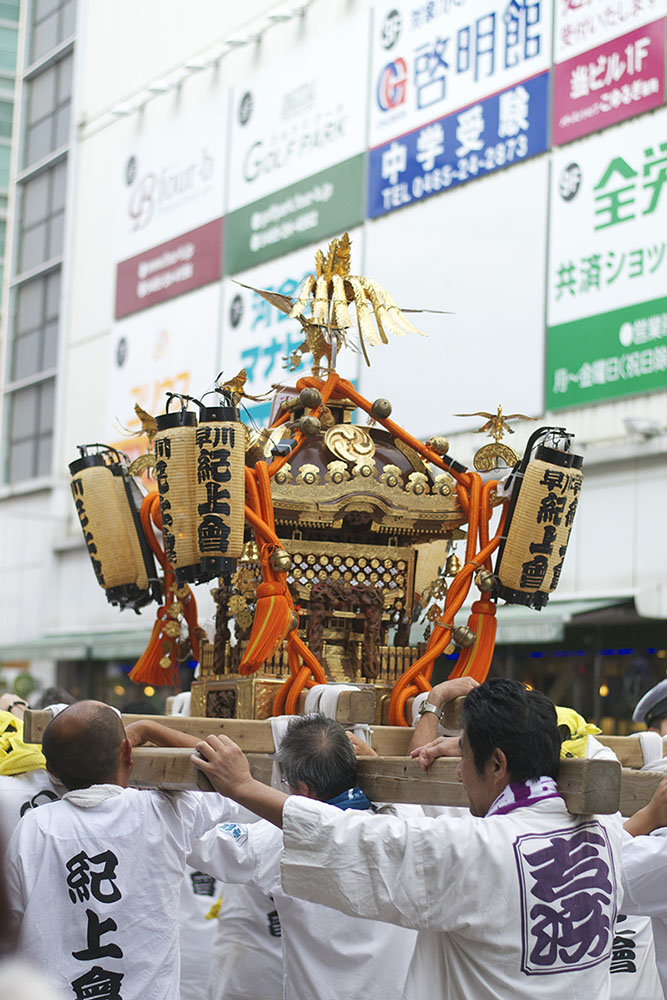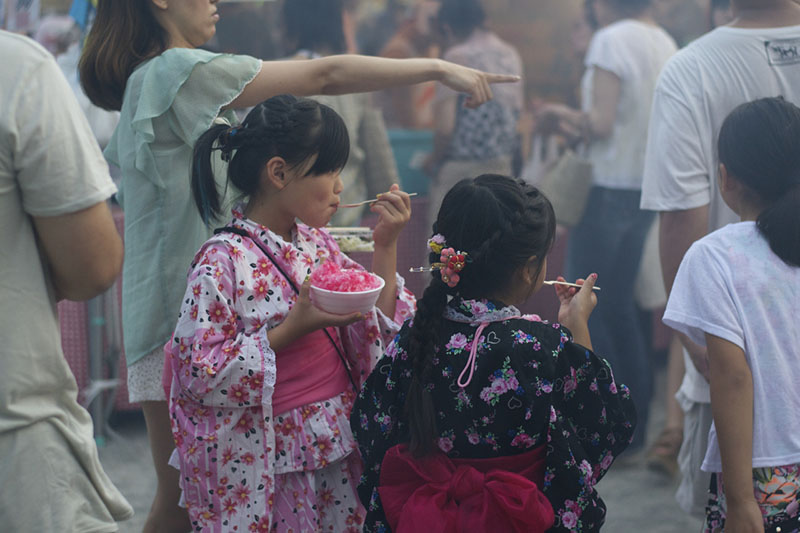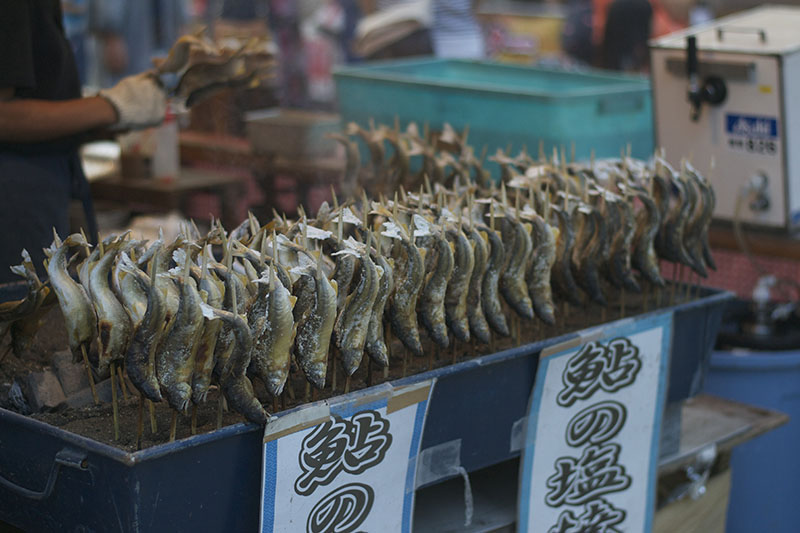The Japanese matsuri (festival) is my favorite part of being in Japan during the spring and summer in particular. All over Japan, shrines and temples hold annual festivals that are unique to the area. Although matsuri occur year-round, they’re a more popular warm weather tradition.
One of the most well known matsuri is Kyoto’s Gion Matsuri which occurs in July. Gion is one of the last remaining geisha districts so this festival is rich in ancient Japanese tradition. Not all matsuri are what you might anticipate from Japanese traditions. Perhaps one of the most bizarre is Kawasaki’s Kanamara Matsuri which is held at a fertility shrine and features a parade of larger than life phalluses. In contrast to the summer festivals, Sapporo holds an annual snow festival famous for incredible snow sculptures, often featuring famous characters.
Carrying mikoshi is an integral part of festivals held at shrines. Mikoshi are said to transport the kami (spirits) between the main shrine and a temporary shrine. The mikoshi are carried in a parade-like progression while those lifting it recite chants. I remember one morning while living in Japan, I went outside in my pajamas to do my recycling only to find a mikoshi progression right outside my front door! That’s one way to start your day. I don’t think they often carry them into residential areas but they must have been part of a small, local shrine.
 In addition to it being a generally valuable cultural experience, attending a matsuri is a particularly great way to sample a variety of traditional Japanese foods. Yakisoba, yakitori and takoyaki are some of the staples, but my favorite matsuri food has to be kakigori (shaved ice).
In addition to it being a generally valuable cultural experience, attending a matsuri is a particularly great way to sample a variety of traditional Japanese foods. Yakisoba, yakitori and takoyaki are some of the staples, but my favorite matsuri food has to be kakigori (shaved ice).


There are also usually some games and activities geared towards children so there’s always something fun for everyone. No matter which you choose, attending a matsuri should be a definite addition to your Japan travel to do list.

--
Written by Carly Susman (www.carly-rose.com)
All photos are property of Carly Susman.
Follow for more @carlycarbonate
